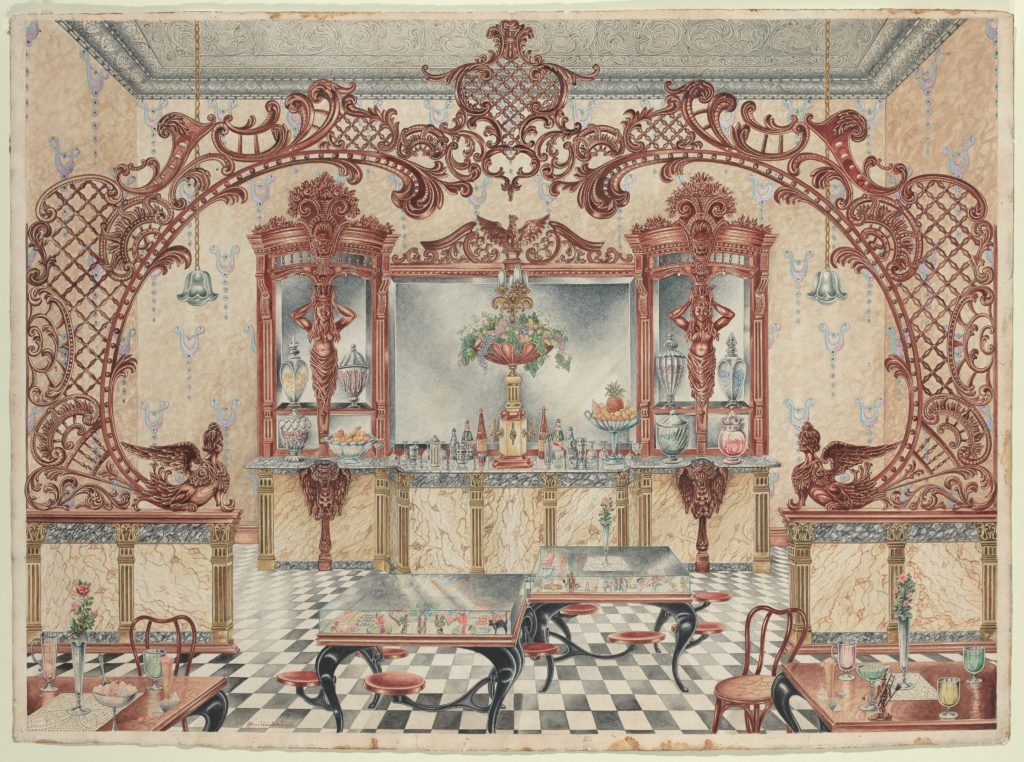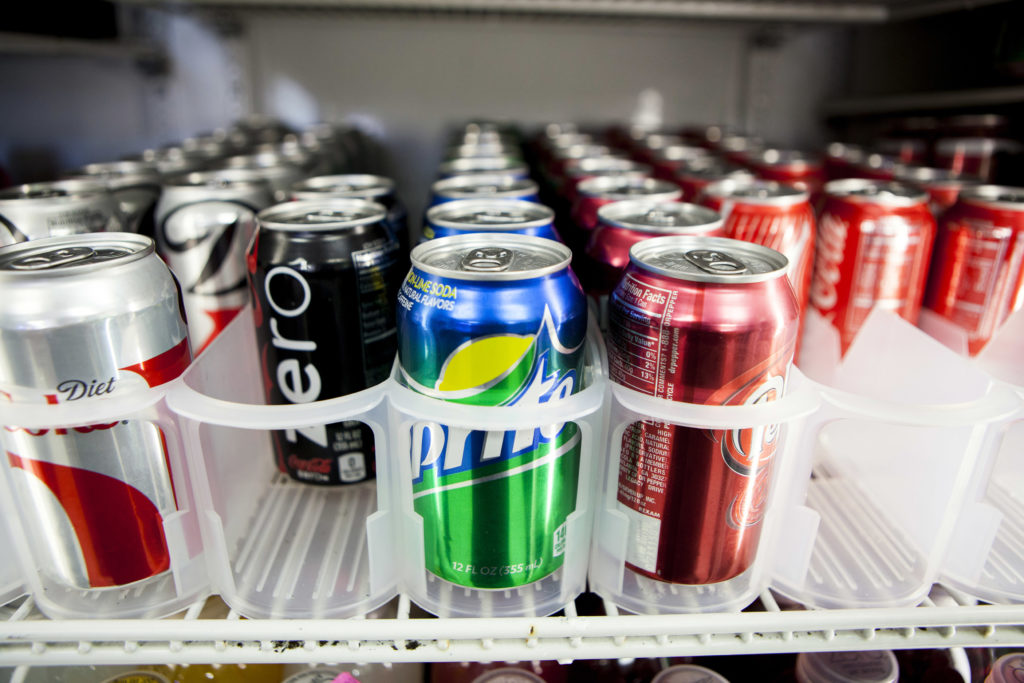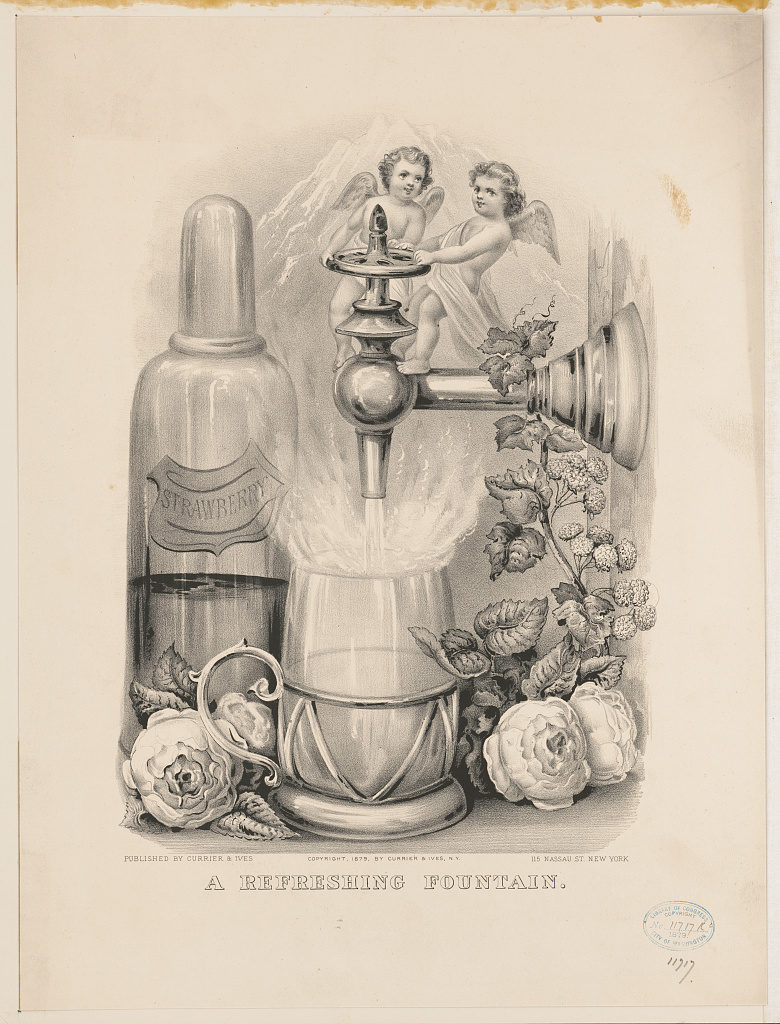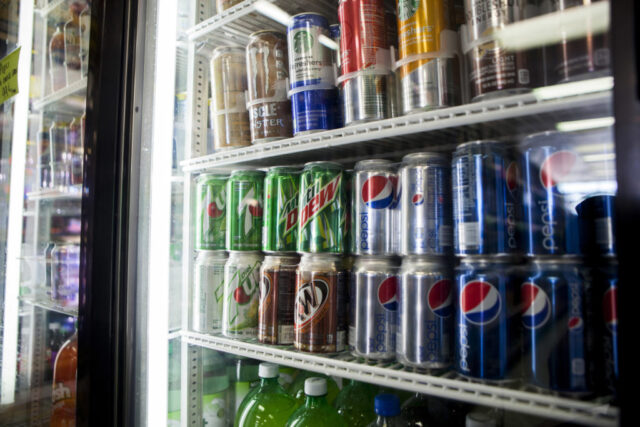


With burgers sizzling and classic rock thumping, many Americans revel in summer cookouts – at least until that wayward cousin asks for a “pop” in soda country, or even worse, a “coke” when they actually want a Sprite.
Few American linguistic debates have bubbled quite as long and effervescently as the one over whether a generic soft drink should be called a soda, pop or coke.
WATCH: Does taxing sugary drinks result in better health outcomes? What some cities have found
The word you use generally boils down to where you’re from: Midwesterners enjoy a good pop, while soda is tops in the North and far West. Southerners, long the cultural mavericks, don’t bat an eyelash asking for coke – lowercase – before homing in on exactly the type they want: Perhaps a root beer or a Coke, uppercase.
As a linguist who studies American dialects, I’m less interested in this regional divide and far more fascinated by the unexpected history behind how a fizzy “health” drink from the early 1800s spawned the modern soft drink’s many names and iterations.
Bubbles, anyone?
Foods and drinks with wellness benefits might seem like a modern phenomenon, but the urge to create drinks with medicinal properties inspired what might be called a soda revolution in the 1800s.

Illustration by Currier & Ives. A Refreshing Fountain [graphic]. New York, 1879. Public Domain via the Library of Congress.
READ MORE: Arkansas and Indiana ask Trump administration to let them ban soda and candy from SNAP
By the mid-1800s, pharmacists were creating unique root-, fruit- and herb-infused concoctions, such as sassafras-based root beer, at their soda fountains, often marketing them as cures for everything from fatigue to foul moods.
These flavored, sweetened versions gave rise to the linking of the word “soda” with a sweetened carbonated beverage, as opposed to simple, carbonated water.
Seltzer – today’s popular term for such sparkling water – was around, too. But it was used only for the naturally carbonated mineral water from the German town Nieder-Selters. Unlike Perrier, sourced similarly from a specific spring in France, seltzer made the leap to becoming a generic term for fizzy water.

Illustration by Hans Westendorff. Soda Fountain. 1935/1942. Public Domain via the National Gallery of Art.
Regional naming patterns
So how did “soda” come to be called so many different things in different places?
It all stems from a mix of economic enterprise and linguistic ingenuity.
The popularity of “soda” in the Northeast likely reflects the soda fountain’s longer history in the region. Since a lot of Americans living in the Northeast migrated to California in the mid-to-late 1800s, the name likely traveled west with them.
READ MORE: Is diet soda any healthier than regular soda?
As for the Midwestern preference for “pop” – well, the earliest American use of the term to refer to a sparkling beverage appeared in the 1840s in the name of a flavored version called “ginger pop.” Such ginger-flavored pop, though, was around in Britain by 1816, since a Newcastle songbook is where you can first see it used in text. The “pop” seems to be onomatopoeic for the noise made when the cork was released from the bottle before drinking.
A jingle for Faygo touts the company’s “red pop.”
Linguists don’t fully know why “pop” became so popular in the Midwest. But one theory links it to a Michigan bottling company, Feigenson Brothers Bottling Works – today known as Faygo Beverages – that used “pop” in the name of the sodas they marketed and sold. Another theory suggests that because bottles were more common in the region, soda drinkers were more likely to hear the “pop” sound than in the Northeast, where soda fountains reigned.
READ MORE: Chemical used to color sodas linked to cancer risk
As for using coke generically, the first Coca-Cola was served in 1886 by Dr. John Pemberton, a pharmacist at Jacobs’ Pharmacy in Atlanta and the founder of the company. In the 1900s, the Coca-Cola company tried to stamp out the use of “Coke” for “Coca-Cola.” But that ship had already sailed. Since Coca-Cola originated and was overwhelmingly popular in the South, its generic use grew out of the fact that people almost always asked for “Coke.”
As with Jell-O, Kleenex, Band-Aids and seltzer, it became a generic term.

Cans of soda are displayed in a case at Kwik Stops Liquor in San Diego, California February 13, 2014. Photo by Sam Hodgson via Reuters
What’s soft about it?
Speaking of soft drinks, what’s up with that term?
It was originally used to distinguish all nonalcoholic drinks from “hard drinks,” or beverages containing spirits.
Interestingly, the original Coca-Cola formula included wine – resembling a type of alcoholic “health” drink popular overseas, Vin Mariani. But Pemberton went on to develop a “soft” version a few years later to be sold as a medicinal drink.
Due to the growing popularity of soda water concoctions, eventually “soft drink” came to mean only such sweetened carbonated beverages, a linguistic testament to America’s enduring love affair with sugar and bubbles.
With the average American guzzling almost 40 gallons per year, you can call it whatever you what. Just don’t call it healthy.![]()
This article is republished from The Conversation under a Creative Commons license. Read the original article.
Support PBS News Hour
Your donation makes a difference in these uncertain times.

















































